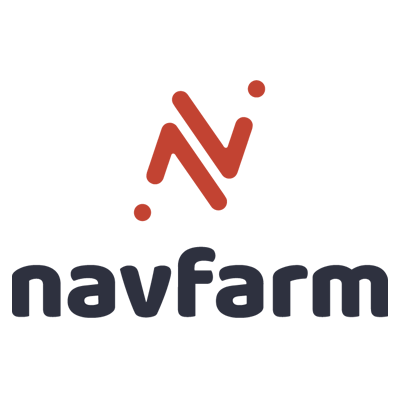One of the most important income sources from livestock is diary. Milk is the major part of our diet and it is always on demand. Due to the abundant nutrients in milk, it is consumed worldwide. From ice cream to cheese to butter, some of the finest things in life are made from milk.In 2017, the volume of the dairy market worldwide was estimated to be about 216 metric tons, which is projected to grow to 234 metric tons by 2021. Perhaps unsurprisingly, liquid milk takes up the highest share of the global dairy market at 54 percent as of 2017, followed by yogurt and other products.In this article, we will discuss how to increase milk extraction from livestock.
The most important and effective way to increase milk yield is to feed them correct.Each mouthful of TMR feed that an animal consumes contains the right amount of ingredients for a balanced ration. For animals fed with this special ration it has been observed that the milk production increases to five per cent more than those fed with commercial or conventional feeds.However green grass is a must for the animals along with this feed. An animal weighing 300 kg and yielding 20 litres of milk per day requires 13-14 kg of TMR and five kg of green fodder.
The buffalo should be dried off approximately 2 to 3 months before expected calving. The dry period is valuable to the buffalo, she may rest and the udder tissue is repaired.In a high yielding herd (above 10 kg per day) the buffalo should be dried off when the daily yield falls below 2.5 kg, even if it is still more than 3 months to expected calving. This goes especially for machine milked herds. An alternative to drying off is to use the buffalo as a foster mother to newly born calves. One buffalo may serve one newborn calf or two older calves which receive additional feed. Care should be taken to dry her off completely no later than 2 months before calving.
Another important step is to maintain rumen health. Provide a flake of alfalfa/grass hay for the first five days after calving. Early lactation diet should contain plenty of good quality digestible fiber (31 to 35 percent neutral detergent fiber). Maintain fiber mat with consistent feed intake and avoid empty bunks. Provide free choice buffer, and monitor buffer intake. Minimize the risk of slug feeding or diet sorting that may result in rumen acidosis (low rumen pH; sour stomach). Feeding correct amount of antioxidants can also boost milk yield.Antioxidants (for example, vitamin E and selenium) help reduce the impact of oxidative stress. Oxidative stress could be too much fat mobilization, poor air quality or injury. These all decrease the efficiency of immune system function.
These were some steps to maximize milk yield from your livestock. These processes are based on generalized parameters. They may require a change depending upon the atmosphere. Thank You.
